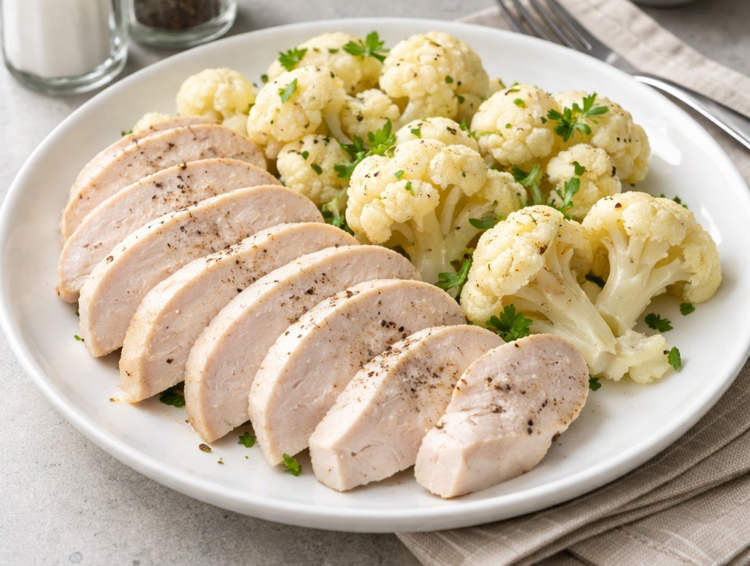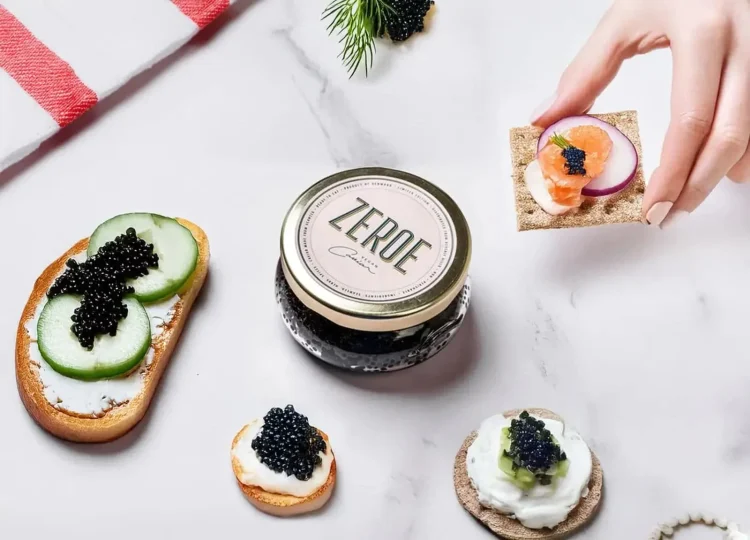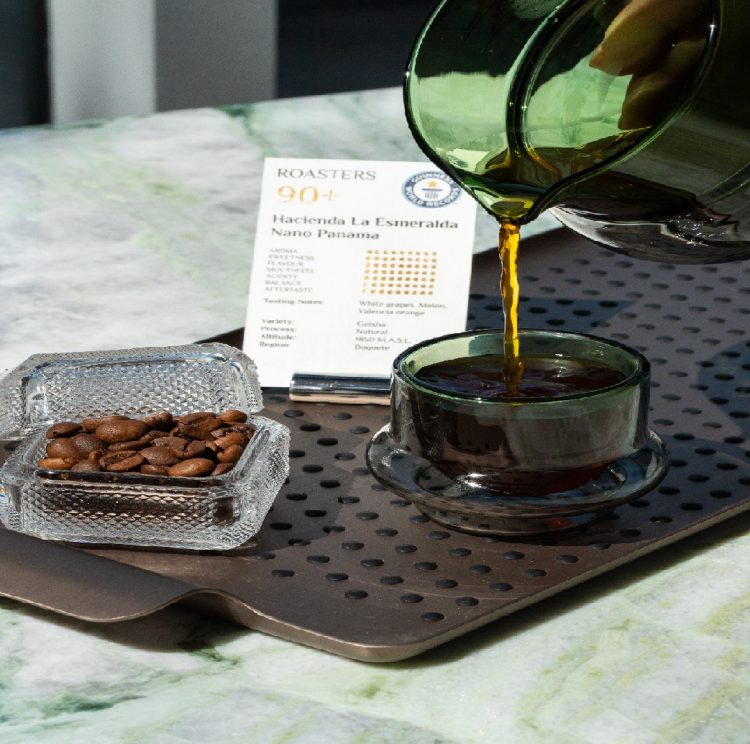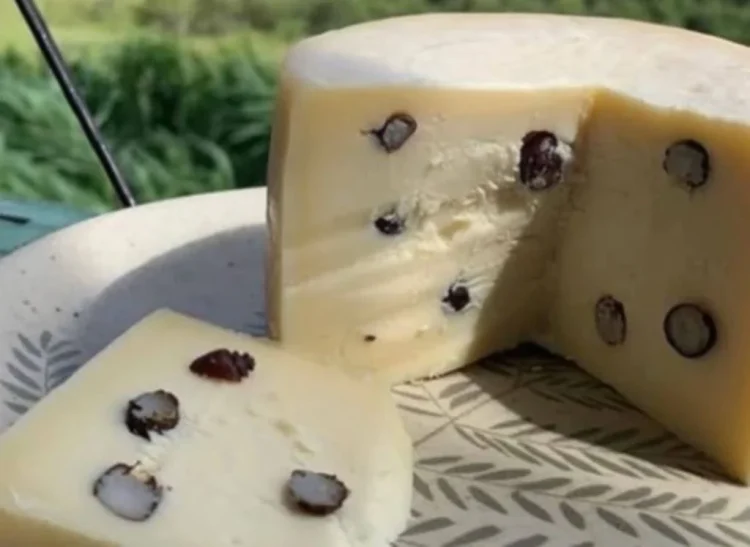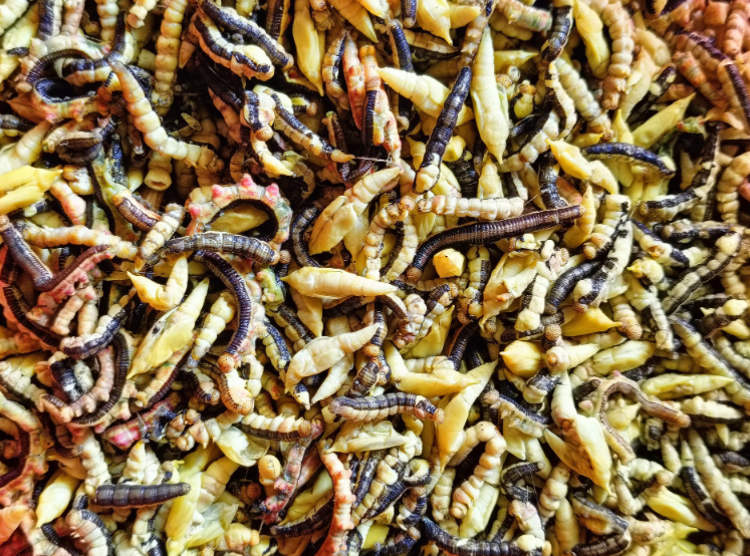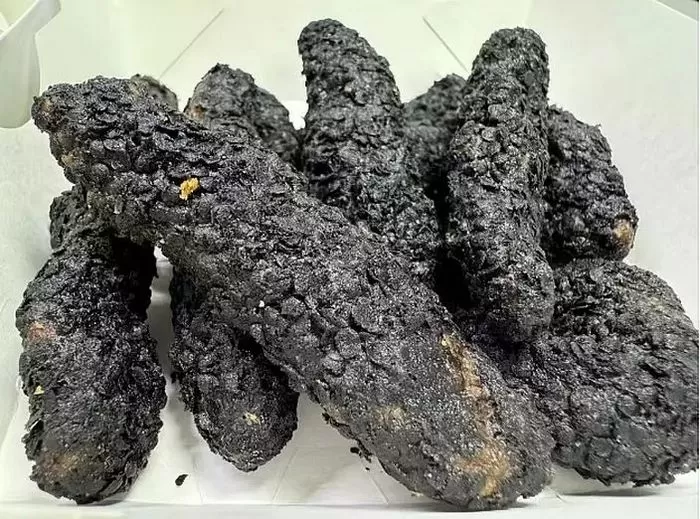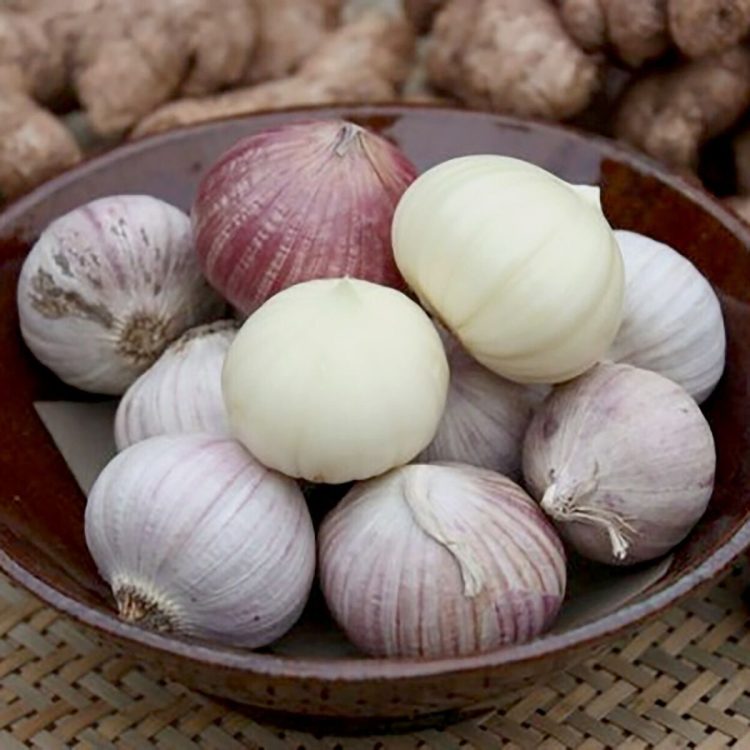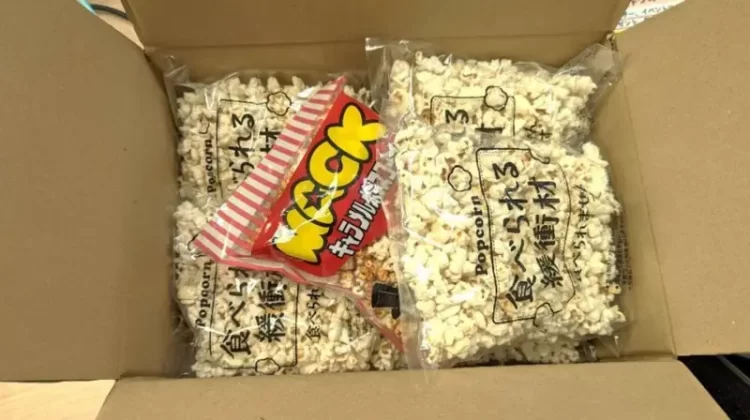Kiviaq – the name sounds exotic, but wait till you hear how it is prepared. I guarantee you’ll lose your appetite completely. Imagine a dish so pungent and smelly that people eat it outside the house, so it doesn’t stink up the place for weeks. Before I actually get down to telling you what it is, I must warn those of you with a rather delicate disposition – Kiviaq is NOT for you.
The dish is a winter specialty and has been consumed by Inuits in the far north of Greenland for centuries. The preparation of Kiviaq actually involves an ingenious method of food storage that came into being due to the severe shortage of food in the cold months. As clever and important as the practice is, a dish made from fermented sea birds is pretty hard to stomach for those who aren’t used to it. Yes, you read right, fermented sea birds are pretty much the essence of the dish. And get this – they’re eaten raw. Kind of like cheese, but not quite. The preparation goes something like this: a seal is skinned,removing all the meat until only a thick layer of fat remains on the skin. It is then sewn into the shape of a bag and stuffed to the brim with about 300 to 500 small auk birds. When the bag is completely filled, it is sewn shut, and fat is again smeared all over the seams to keep the flies away. The bird-filled seal skin bag is then left to ferment under a pile of rocks for a minimum of 3 months, and sometimes, even as long as 18 months.

Photo by Inga Sørensen
In the harsh winter season, due to the darkness and unsafe ice, hunting for fresh meat becomes impossible. It is during this time that the bags of fermented meat are dug out, cut open and the birds eaten raw. Apparently, due to the seal fat the bird meat is tenderized and preserved so barring the feathers, all parts of the bird are eaten, even the bones. Kiviaq is considered a delicacy of sorts and relished, especially at celebrations and festivals. The dish, undoubtedly represents a resourceful method of food preservation, which enables survival under tough conditions. I can’t help but say this though – I’m glad I’m not eating or smelling this stuff.

Photo by Patrick O’Reilly


